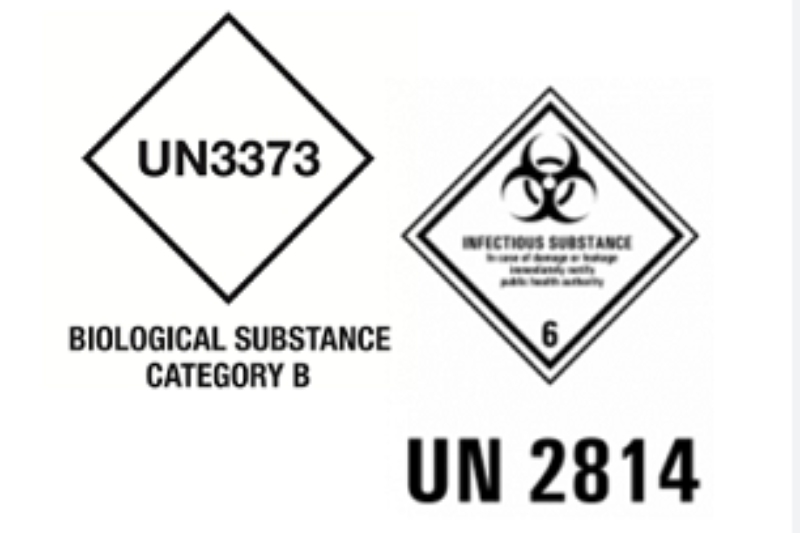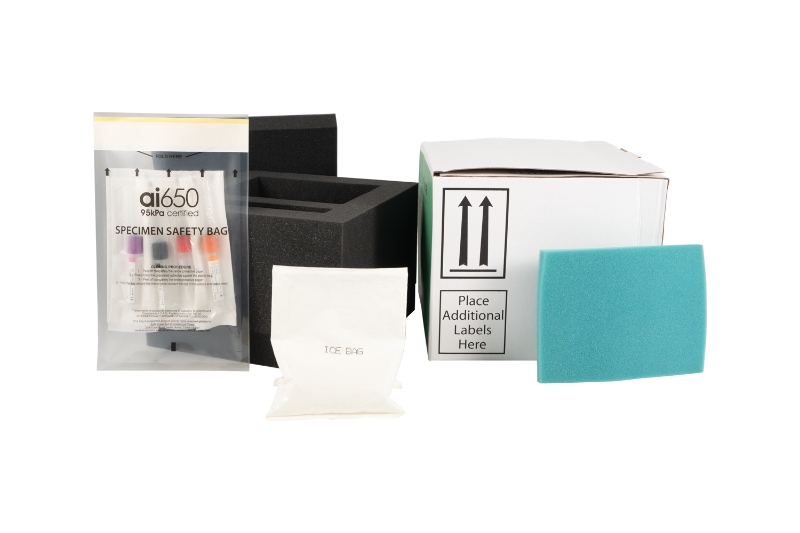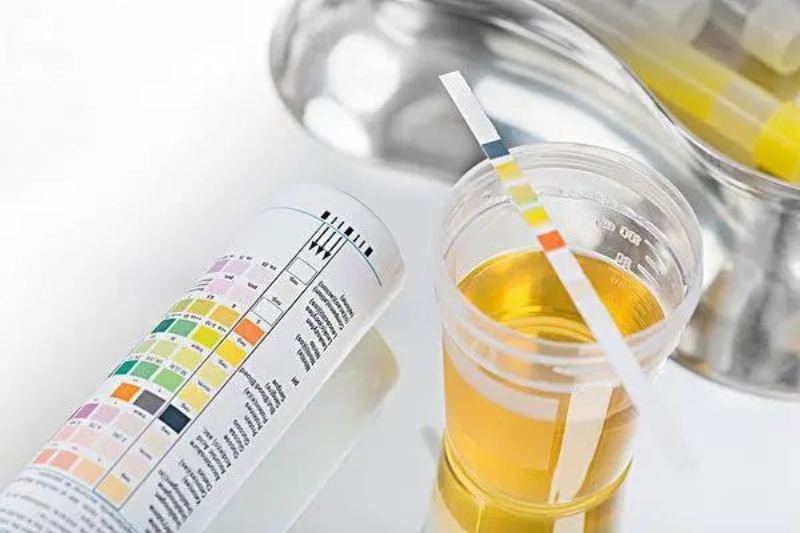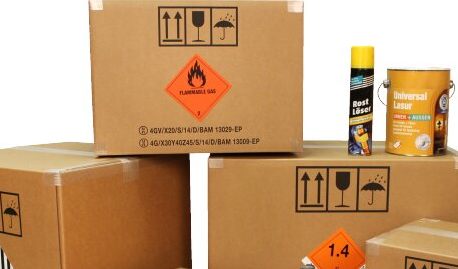 +86 178 5514 5298
+86 178 5514 5298 Collection of common urine specimens
Urine is one of the important components of human body fluids. Changes in its composition and content can reflect physiological or pathological changes in the urinary, blood, endocrine, circulatory and other systems, and provide important information for clinical diagnosis, treatment, monitoring and prognosis. The collection and processing of urine specimens is an important part of urine test quality control.
What are the differences in the collection methods of different types of urine?
Routine urine test specimens
- Urine sediment
Try to collect the first urine after getting up in the morning. Since morning urine generally stays in the bladder for 6-8 hours, its various components are concentrated and have reached the concentration required for testing or culture. It can be used for the evaluation of kidney concentration function, the determination of human chorionic gonadotropin and the detection of various types of formed components
- Random urine Random urine is usually used for urine screening of outpatients and emergency patients. Patients do not need any preparation and are not subject to time constraints. However, random urine is easily affected by exercise, diet, medication, etc., which may cause the concentration of urine test components to decrease or formed components to be missed.
- Random urine is not a urine specimen collected at random. Midstream urine should be collected as much as possible.
24-hour urine
- Many components in urine show regular changes during the day and night. For example, the concentrations of urine catecholamines, 17-hydroxysteroids and electrolytes are lowest in the early morning and highest in the afternoon or later. Therefore, it is necessary to collect 24-hour urine specimens for examination.
- Laboratory items of 24-hour urine specimens
- 24-hour urine protein quantification: Standardize the collection of all urine for 24 hours to determine the protein content in it, and then calculate the total protein content in 24 hours. The protein content in normal urine is extremely low, and the normal level is below 150mg/24h. Kidney disease and certain physiological conditions such as strenuous exercise can significantly increase the urine protein content. 24-hour urine protein quantification is one of the indispensable examinations for kidney patients.
- Endogenous creatinine clearance: Pay special attention to the need to draw blood on an empty stomach to check serum creatinine on the day of urine submission.
- 24-hour urine potassium, sodium, chloride and catecholamines.
- 24-hour urine specimen collection method Take 7 o'clock in the morning as an example. Empty the bladder before 7 o'clock, and then start collecting all urine for 24 hours after 7 o'clock. Keep all urine during this period in a clean container. Accurately measure and record the total amount of urine. After fully mixing all the urine, take 10ml and place it in a urine tube for inspection.
Precautions
- Normal diet and drinking are required during the 24-hour urine collection period.
- Choose a clean container to collect urine. Do not leave soap or other detergents to avoid affecting the test results.
- Accurately measure and record the total amount of urine.
Urine bacterial culture specimen
Collection method: Use a sterile urine cup to collect the first clean midstream urine in the morning. Wash the vulva with warm water before collection, and then disinfect the vulva and urethra with 0.1% benzalkonium bromide disinfectant. During urination, discard the urine discharged in the front and back periods, and collect the urine in the middle period with a sterile container.
Notes:
- Submit the urine for testing before using antibacterial drugs as much as possible, and morning urine is best.
- Before collecting urine, thoroughly clean the vulva (female) and the urethra (male), and then collect the midstream urine. Do not mix disinfectant into the urine to avoid antibacterial effects and affect the test results.
- Midstream urine must be directly urinated into a sterile cup and must not touch any other container.
- Urine specimens must be cultured for bacteria as soon as possible. Leaving them for too long can easily cause false positives












